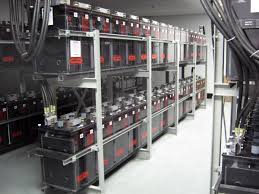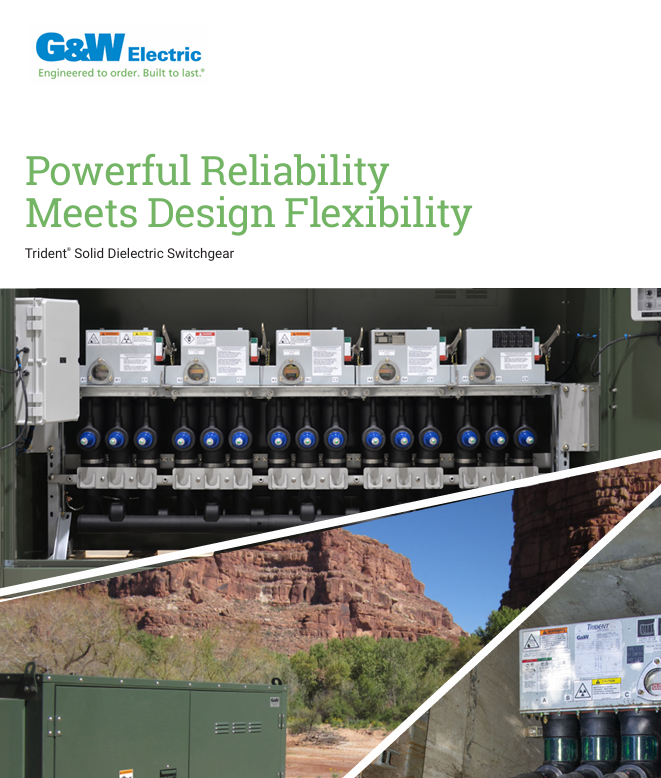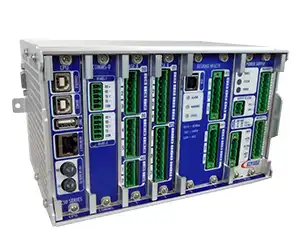Automatic Transfer Switch
By R.W. Hurst, Editor
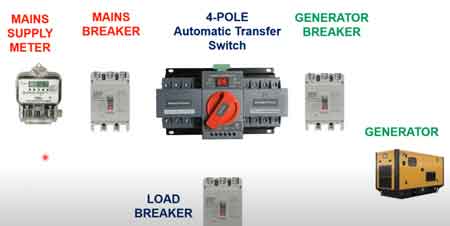
Emergency Generators & Standby Power Systems
Our customized live online or in‑person group training can be delivered to your staff at your location.
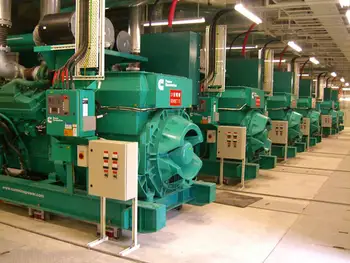
- Live Online
- 12 hours Instructor-led
- Group Training Available
Download Our OSHA 4474 Fact Sheet – Establishing Boundaries Around Arc Flash Hazards
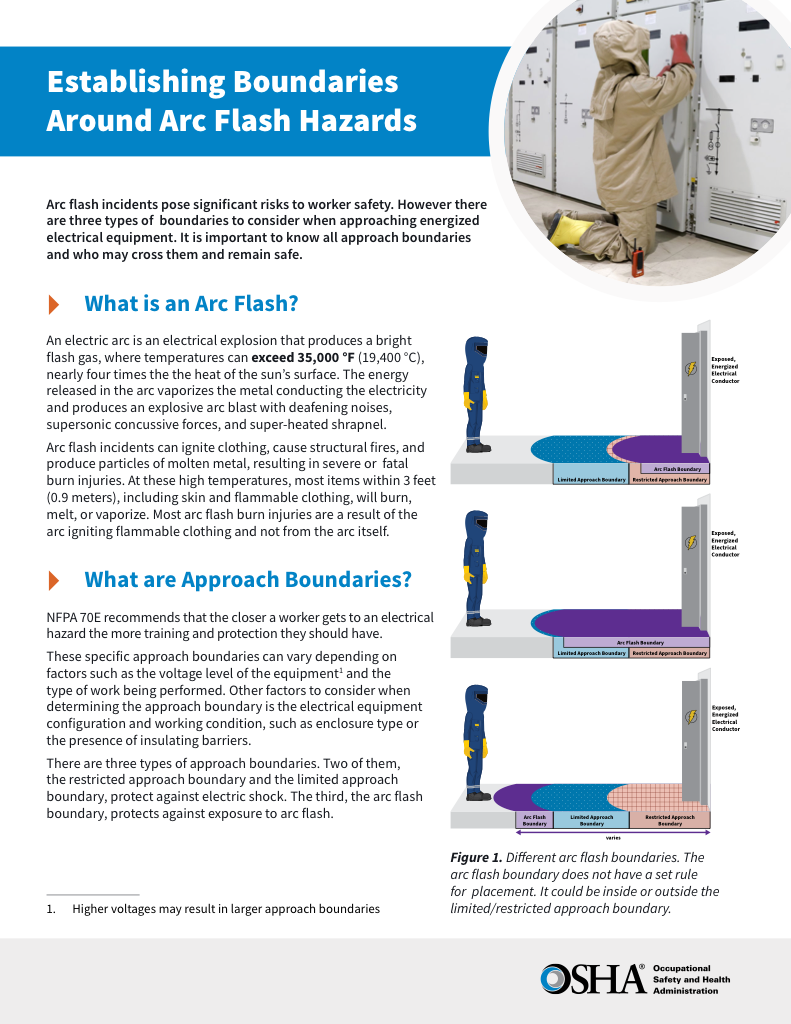
- Understand the difference between arc flash and electric shock boundaries
- Learn who may cross each boundary and under what conditions
- Apply voltage-based rules for safer approach distances
An automatic transfer switch (ATS) seamlessly shifts electrical load from the utility to a backup generator during power outages. It ensures continuous power, improves safety, and protects sensitive equipment from unexpected power loss or fluctuations.
What is an Automatic Transfer Switch?
An automatic transfer switch (ATS) is invaluable for maintaining a reliable power supply in unpredictable outages. It:
✅ Automatically switches power from utility to generator during outages
✅ Enhances safety and prevents electrical backfeed
✅ Protects equipment by ensuring uninterrupted power flow
Emergency Generator Standby Power Training
Power Quality Analysis Training
Request a Free Emergency Generator Training Quotation
Technical Depth: Controllers and Monitoring Logic
Modern automatic transfer switches rely on intelligent control systems to ensure seamless and safe operation during power outages. These controllers are the "brains" of the automatic transfer switch, constantly monitoring utility and generator power for any abnormalities such as voltage drops, frequency fluctuations, or phase loss. By using microprocessor-based technology, the ATS can make precise decisions and execute transfers with minimal delay.
Modern ATS use advanced microprocessor-based controllers that continuously monitor utility power for voltage, frequency, and phase stability. These controllers initiate a transfer only when they detect abnormal conditions, preventing unnecessary switching. Features such as time-delay settings, load testing, event logging, and communication interfaces for remote monitoring enhance reliability and operational control, particularly for facilities with sensitive equipment. For a deeper look into reliable backup power solutions, check out our section on emergency backup generators.
ATS Types and Transition Mechanics
ATSs are designed to handle different power transfer needs depending on the criticality of the load and the application. The transition method determines how the automatic transfer switch switches from the utility power to the backup generator and back again. Each type of transition offers unique advantages in terms of reliability, smoothness of power delivery, and equipment protection.
Sign Up for Electricity Forum’s Generators/UPS Newsletter
Stay informed with our FREE Generators/UPS Newsletter — get the latest news, breakthrough technologies, and expert insights, delivered straight to your inbox.
There are three primary transition types in automatic transfer switches:
-
Open Transition (Break-Before-Make): Disconnects the load from the utility before connecting to the generator. This avoids overlap and is commonly used in residential and standard commercial systems.
-
Closed Transition (Make-Before-Break): Briefly connects both power sources during transfer, minimizing interruptions. Ideal for hospitals and critical facilities.
-
Delayed Transition: Adds a pause between transfers to allow motor loads or residual currents to discharge, reducing equipment wear and electrical stress.
Choosing the right transition type depends on load sensitivity and operational requirements.
Automatic Transfer Switch Key Details
| Feature | Description | Applications/Benefits |
|---|---|---|
| Controller Technology | Microprocessor-based controllers monitor voltage, frequency, and phase stability to trigger smooth transfers. | Prevents false transfers, supports remote monitoring, improves reliability. |
| Open Transition | Break-before-make operation disconnects utility power before connecting to the generator. | Standard residential and commercial systems. |
| Closed Transition | Make-before-break operation allows brief overlap between power sources. | Hospitals, data centers, and critical operations where no power interruption is acceptable. |
| Delayed Transition | Introduces a pause between power sources to dissipate residual energy from motors or inductive loads. | Industrial facilities with heavy motor loads. |
| Generator Sizing | ATS must be rated to handle generator output and inrush currents. | Prevents overloads and ensures stable power transfer. |
| NEMA Enclosures | Protects ATS components based on environment (NEMA 1 indoor, NEMA 3R/4 outdoor). | Ensures durability and compliance with installation standards. |
| Load Management Features | Includes load shedding or prioritization for critical circuits when generator capacity is limited. | Maximizes backup power efficiency. |
| Amperage Ratings | ATS must match service amperage (residential, commercial, or industrial). | Guarantees safe and effective operation. |
Selection Criteria for an ATS
Selecting the correct ATS requires a careful evaluation of the power needs, system design, and environmental factors. The right ATS ensures that the generator and connected loads operate safely and efficiently during an outage. Factors such as load priorities, installation environment, and power quality features can significantly impact performance and reliability.
When selecting an automatic transfer switch, consider:
-
Generator Sizing: The ATS must match the generator’s maximum output, taking into account surge loads and starting currents.
-
NEMA Enclosure Types: Use NEMA 1 for indoor environments, NEMA 3R or 4 for outdoor or harsh conditions.
-
Load Management Features: Some ATS models provide load shedding or prioritization to manage generator capacity.
-
Amperage Ratings: Match the switch to your total service amperage for safe operation in residential, commercial, or industrial settings.
Learn how different battery backup systems work to keep critical loads powered during outages.
By selecting the right switch, ensuring correct installation and maintenance, and adhering to safety best practices, you can enjoy the benefits of a backup power system and the peace of mind it provides.
Power outages
Power outages can cause significant disruptions to our daily lives and business operations. Ensuring a consistent and uninterrupted power supply is crucial in today's world, which relies heavily on technology and electricity. An ATS is a reliable solution for maintaining power during outages.
An automatic transfer switch is an essential component of any backup power system. It facilitates seamless power transfer between the primary power source and a standby generator during an outage. By doing so, the ATS helps maintain a continuous flow of electricity, safeguarding homes and businesses from the negative impacts of power loss.
When selecting an appropriate automatic transfer switch, factors such as generator power capacity, load type, and intended application are crucial. Consulting with an electrical switchgear expert is a wise step in making an informed decision. Consider the voltage and amperage ratings, as well as the intended use of the switch, whether for residential, commercial, or industrial purposes. Switchgear systems may offer various features, such as remote monitoring and built-in diagnostics, catering to different requirements. Our article on emergency power supply explains how these systems provide seamless transitions during utility failures.
Automatic transfer switches and manual transfer switches
Automatic transfer switches and manual transfer switches differ in their operational modes. While a manual transfer switch necessitates physical engagement by an individual to shift the load between the main power source and the backup generator, an ATS performs this task automatically, ensuring a more efficient and dependable response.
Proper installation and maintenance of an ATS are crucial for its optimal performance and longevity. Although a qualified electrician should always perform installation, end-users can perform basic maintenance tasks, such as routine inspections, cleaning, and testing. Specialized servicing should be left to professionals to ensure the ATS remains in peak condition.
The main components of an ATS include the transfer switch, a controller, and a power source. The transfer switch, either open transition or closed transition, connects and disconnects the load between the utility power and the standby generator. The controller monitors voltage levels and initiates the load transfer when required. Finally, the power source, typically a backup generator, supplies power during an outage.
FREE EF Electrical Training Catalog
Download our FREE Electrical Training Catalog and explore a full range of expert-led electrical training courses.

- Live online and in-person courses available
- Real-time instruction with Q&A from industry experts
- Flexible scheduling for your convenience
An ATS is vital for ensuring an uninterrupted power supply during an outage. First, it detects a power outage and signals the standby generator to start. Once the generator runs, the ATS conducts a load transfer from the primary power source to the backup power system. After power is restored, the ATS switches the load back to the utility power and shuts down the generator. This smooth process minimizes the detrimental effects of power outages.
Automatic Transfer Switch In Critical Facilities
Critical facilities, such as hospitals and data centers, require a bypass isolation switch for added redundancy and maintenance flexibility. The bypass isolation switch enables the ATS to be serviced or replaced without interrupting power to the facility.
Single-phase and three-phase automatic transfer switches are the two primary types, with their usage varying according to application and load requirements. Single-phase switches are commonly used in residential settings, whereas three-phase switches are typically employed in commercial and industrial applications.
Safety should always be a top priority when working with an ATS. Please ensure that a licensed electrician installs the switch and follows the manufacturer's guidelines for maintenance and testing. Additionally, appropriate personal protective equipment should be used when handling electrical switchgear, and all applicable local and national electrical codes should be followed.
Frequently Asked Questions
What is an ATS?
An ATS is an electrical device that automatically transfers power from the utility to a backup generator when an outage occurs, ensuring uninterrupted power.
How does an ATS work?
An ATS continuously monitors incoming utility power. If it detects a failure, it triggers the generator to start and shifts the electrical load. When utility power returns, it smoothly switches back.
Which ATS is best for home or commercial use?
Homes typically use single-phase ATS units with lower amperage, while commercial or industrial facilities require three-phase models designed for larger loads and critical operations.
Related Articles





